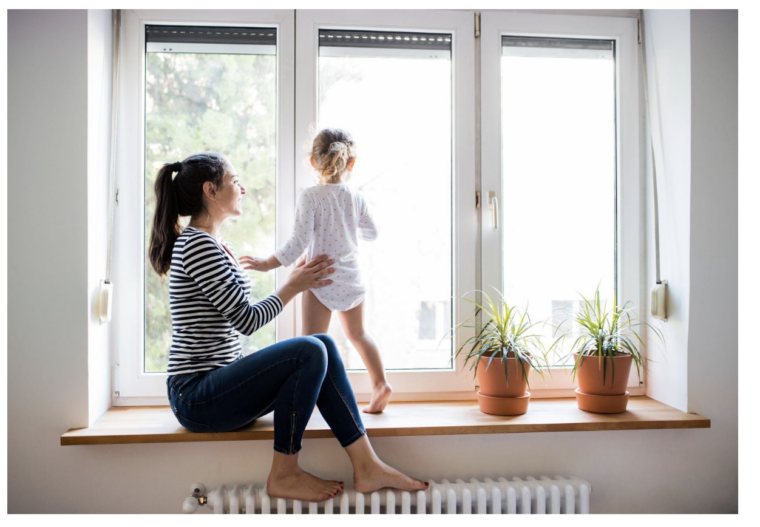Hurricane-Proofing Your Home: Remodeling Tips to Enhance Durability
Florida, often hit hardest by nature’s fury, continues to face the escalating impact of hurricanes with increasing frequency and intensity. The devastating effects of Hurricane Ian in 2022, which resulted in an estimated $115 billion in damages, starkly highlight the severe challenges homeowners face.
As tropical cyclones remain the most expensive and deadly natural disasters in the United States, causing over $1.3 trillion in damages since 1980, it’s evident that Florida residents must take proactive steps to safeguard their homes.
With this post, we aim to guide homeowners through essential hurricane-proofing strategies. And if you’re looking to get some remodeling done, it’s important to trust it to professionals. In Florida, reach out to fhiaremodeling.com to prepare your home to withstand the storm.

Key Features for Hurricane-Proofing
When a hurricane looms on the horizon, the difference between a home that endures and one that suffers significant damage often lies in the preparation—specifically, the features built into the home. Here’s a rundown of crucial upgrades you can discuss with your contractor to ensure your home stands strong against the winds and rains of a hurricane.
Fortify With Impact-Resistant Windows and Doors
Imagine windows and doors that can take a beating without shattering. Impact-resistant options are designed to withstand the punishing winds and dangerous debris hurricanes are known for.
They keep the exterior breach-free, preventing wind and water from wreaking havoc inside. When selecting these, look for products that comply with ASTM standards—they’re tested to hold up under the toughest conditions.
Strengthen Structures with Additional Reinforcements
In addition to impact-resistant windows, you can consider such reinforcements as:
- Shield with Storm Shutters: These aren’t just for looks; they’re a barrier against the elements, protecting your windows and doors from flying debris.
- Brace Your Garage Door: Often overlooked, the garage door is a vulnerable spot during hurricanes. Reinforce it to prevent it from being a weak point that compromises your home.
- Tie Down the Fort: Use anchor bolts and hurricane straps to secure your home firmly to its foundation. These ties can be crucial in preventing major structural damage during severe storms.
Choose the Right Roof
Your roof is your first line of defense. Opt for materials known for their durability—like metal roofing, high-grade shingles, or tiles. Design is just as crucial; a hip roof, with its sloping on all sides, often fares better than a gable roof in high winds. The secret is in the installation: insist on ring-shank nails, which grip better than standard nails, minimizing the risk of your roof peeling off when the storm rages.
Mind Your Surroundings
Don’t forget about the outside. Trimming trees and securing loose yard items can drastically reduce the risk of damage from airborne debris. It’s not just about making your garden look tidy; it’s about removing potential threats that could turn into projectiles.
Planning and Budgeting for Hurricane-Proofing Your Home
When embarking on a project to hurricane-proof your home, planning your budget carefully and understanding the financial implications is essential.
Cost Considerations
Hurricane-proofing can be a significant investment, but it’s crucial to view it as just that — an investment in your safety and the potential future value of your home. Start by getting detailed estimates from your contractor for each aspect of the project, from impact-resistant windows and doors to roofing and structural reinforcements. Prices can vary widely based on materials, labor costs, and other factors, so getting multiple quotes can be beneficial.
Exploring Financing Options
Depending on the extent of the modifications, you might consider financing options. Some homeowners use home equity loans or personal loans to fund large-scale improvements. Additionally, check if local government or state programs offer subsidies, rebates, or low-interest loans for hurricane-proofing measures, which can help reduce the overall financial burden.
Insurance Premium Reductions
Investing in hurricane-proofing can often lead to reductions in home insurance premiums. Contact your insurance provider to find out what specific improvements will qualify for discounts and how significant these could be. These savings can add up over time, offsetting some of the initial costs of your remodeling efforts.

Budgeting Tips
Not all improvements are created equal. Evaluate your home’s specific needs to determine which upgrades will offer the most significant benefit in terms of safety and potential insurance savings.
If the total cost is prohibitive, think about implementing the upgrades in phases. Begin with the most critical enhancements to ensure your home’s immediate safety.
Finally, always include a contingency in your budget for unforeseen expenses. Typically, this is around 10-20% of the overall project cost, providing a cushion that helps keep your finances on track even when surprises arise.
Securing Your Home’s Future Against Hurricanes
As we wrap up our discussion, it’s clear that the potential costs are high, but so are the potential rewards. Remember, the process of hurricane-proofing involves careful planning, budgeting, and collaboration with experienced professionals. Take the steps today to protect your home tomorrow — because when the next hurricane hits, you’ll be thankful you prepared when you had the chance.
